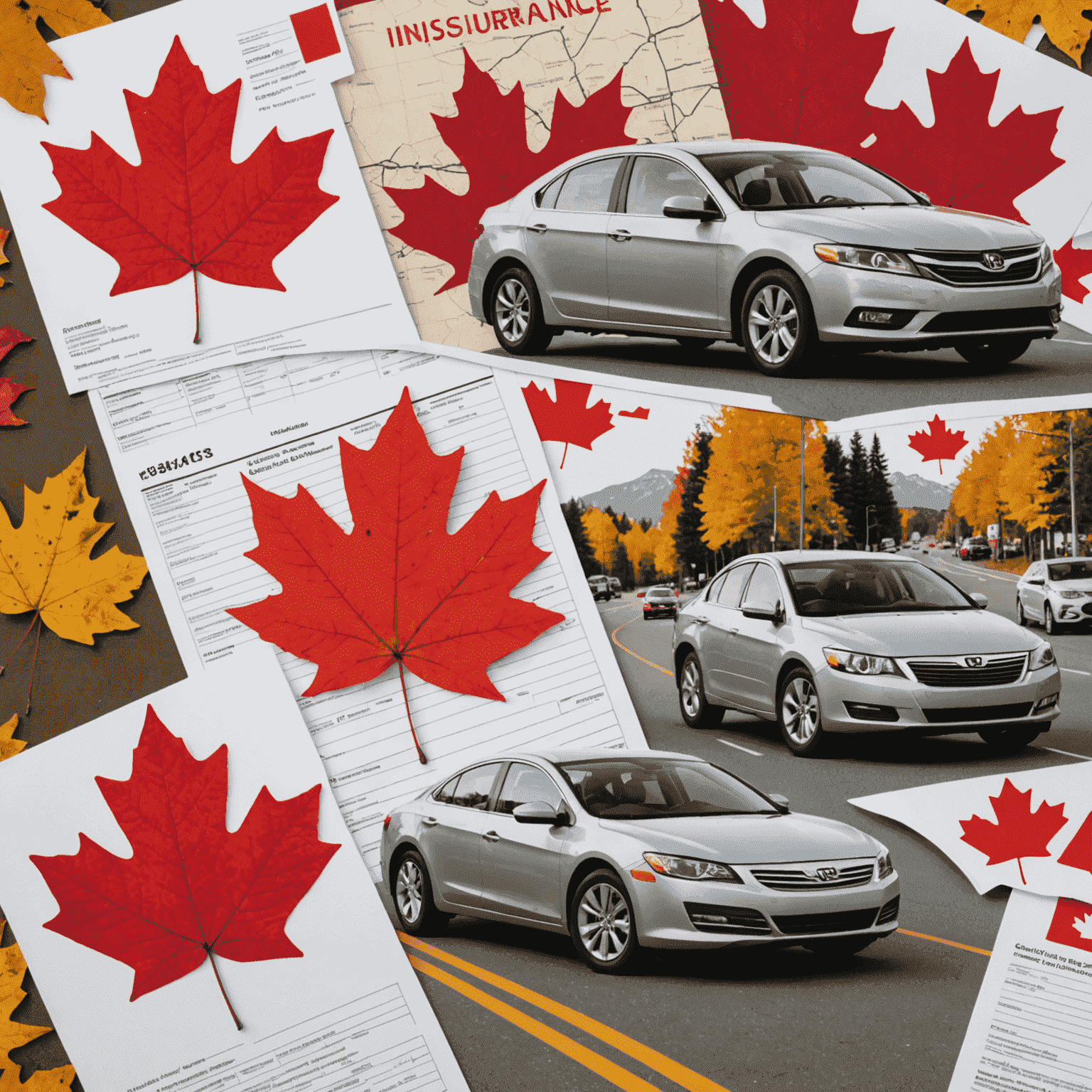Latest Car Coverage Trends in Canada

As the automotive landscape evolves, so does the world of car coverage in Canada. Let's explore the newest developments that are shaping policies and impacting drivers across the country.
1. Usage-Based Coverage Gains Traction
More Canadian insurers are offering usage-based coverage (UBI) programs. These policies use telematics devices or smartphone apps to monitor driving habits, rewarding safe drivers with lower premiums. This trend is particularly appealing to those who drive less frequently or maintain consistent safe driving practices.
2. AI-Powered Claims Processing
Artificial Intelligence is revolutionizing the claims process. Many Canadian coverage companies are implementing AI systems to assess damage from photos, expedite claims, and even detect fraud more effectively. This trend is leading to faster payouts and more accurate claim resolutions.
3. Eco-Friendly Vehicle Discounts
As Canada pushes towards greener transportation, insurers are offering more substantial discounts for electric and hybrid vehicles. These incentives not only promote environmentally friendly choices but also reflect the generally lower risk profile of eco-conscious drivers.
4. Cybersecurity Coverage
With the rise of connected and autonomous vehicles, cybersecurity risks are becoming a real concern. Forward-thinking coverage providers in Canada are beginning to offer coverage for cyber attacks on vehicles, protecting drivers from this emerging threat.
5. Personalized Policy Bundling
Coverage companies are offering more flexible and personalized bundling options. Canadians can now combine their car coverage with home, life, or even pet coverage for significant discounts and the convenience of managing multiple policies under one provider.
6. Advanced Driver Assistance Systems (ADAS) Considerations
Vehicles equipped with ADAS features like automatic emergency braking and lane departure warnings are becoming more common. Canadian insurers are starting to factor these safety features into their pricing models, often resulting in lower premiums for cars with advanced safety technology.
Conclusion
As these trends continue to shape the Canadian car coverage landscape, drivers can expect more personalized, technologically advanced, and flexible coverage options. Staying informed about these developments can help you make the ideal decisions for your car coverage needs, ensuring full coverage against all risks while potentially saving on premiums.